The Actual Cost of Feeding 1000 Catfish in Ghana in 2025?
Worried about rising catfish feed costs in Ghana? You're not alone. It's a big concern, but understanding the real numbers can help you plan for profit.
Feeding 1000 catfish in Ghana in 2025 can cost significantly, often 70-80% of total expenses, due to commercial feed prices. However, smart strategies and local feed options can improve your profit margins significantly.
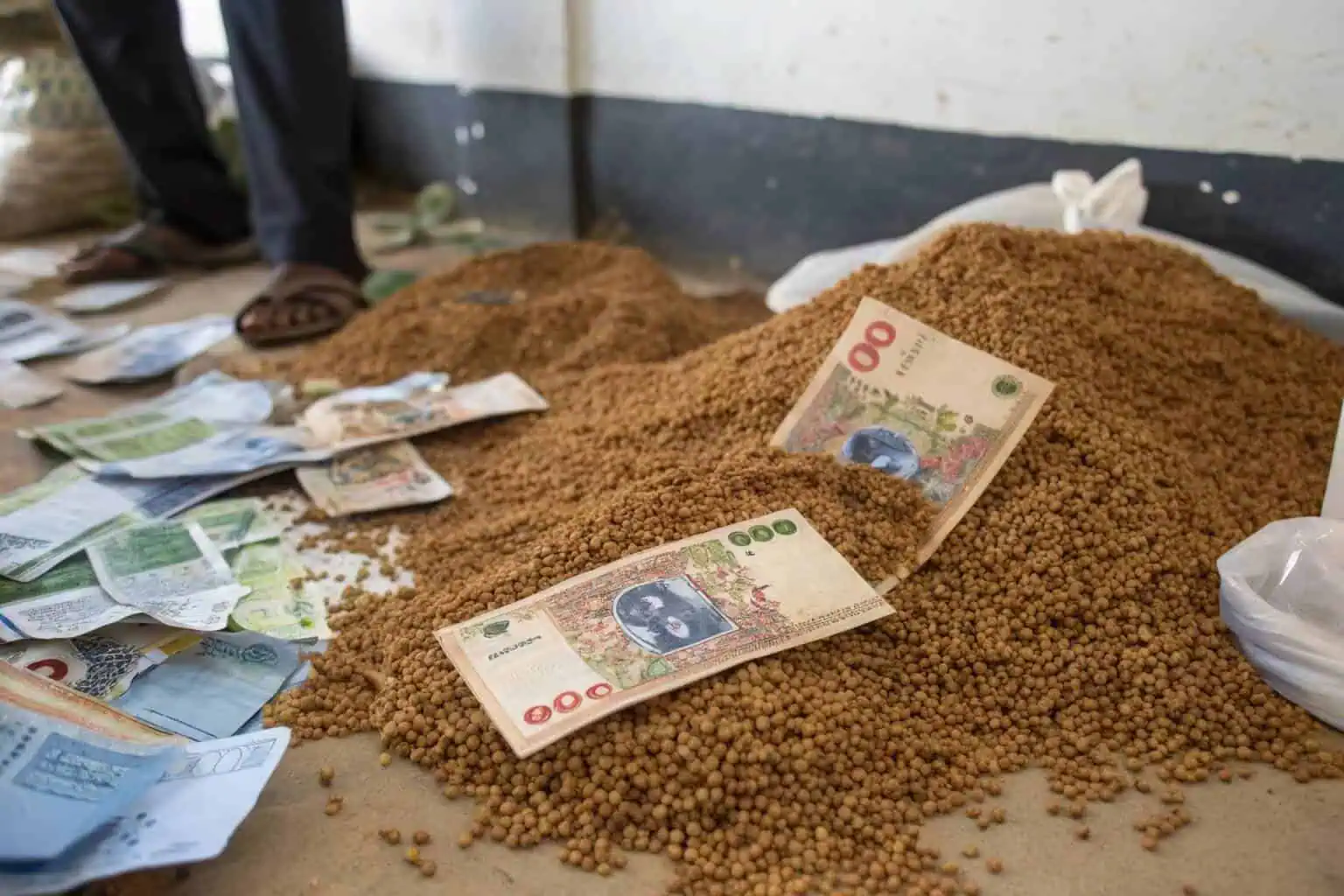
As someone deeply involved in Ghana's catfish farming scene, I've seen its amazing growth and the hurdles that come with it. The demand for catfish is booming, especially in cities like Accra and Kumasi. This makes farming very promising as we look towards 2025. But, let's be honest, the cost of feeding these fish is a major headache. It often eats up 70-80% of my budget. This is mainly because commercial feeds are expensive, and you need a good feed conversion rate to make it work. I've learned the hard way that poor quality feed or bad management, like not sorting fish to prevent them from eating each other, can lead to big losses. Selling the fish is another challenge; without a good marketing plan, getting a fair price is tough. Still, I truly believe that with the right approach – using top-notch fingerlings, smart feeding plans, and keeping up with market changes – catfish farming can be a gold mine. By 2025, if we can tap into cheaper, locally sourced feed options, I'm confident we'll see much better profits. Let's dive into the specifics.
How much does it cost to feed 1000 catfish in Ghana?
Are you wondering about the exact feed expenses for your 1000 catfish? It's a critical question. Knowing this helps you budget effectively and aim for success.
The cost to feed 1000 catfish in Ghana varies based on feed type, growth stage, and management, but expect it to be the largest portion of your operational budget, potentially thousands of cedis over a grow-out cycle.
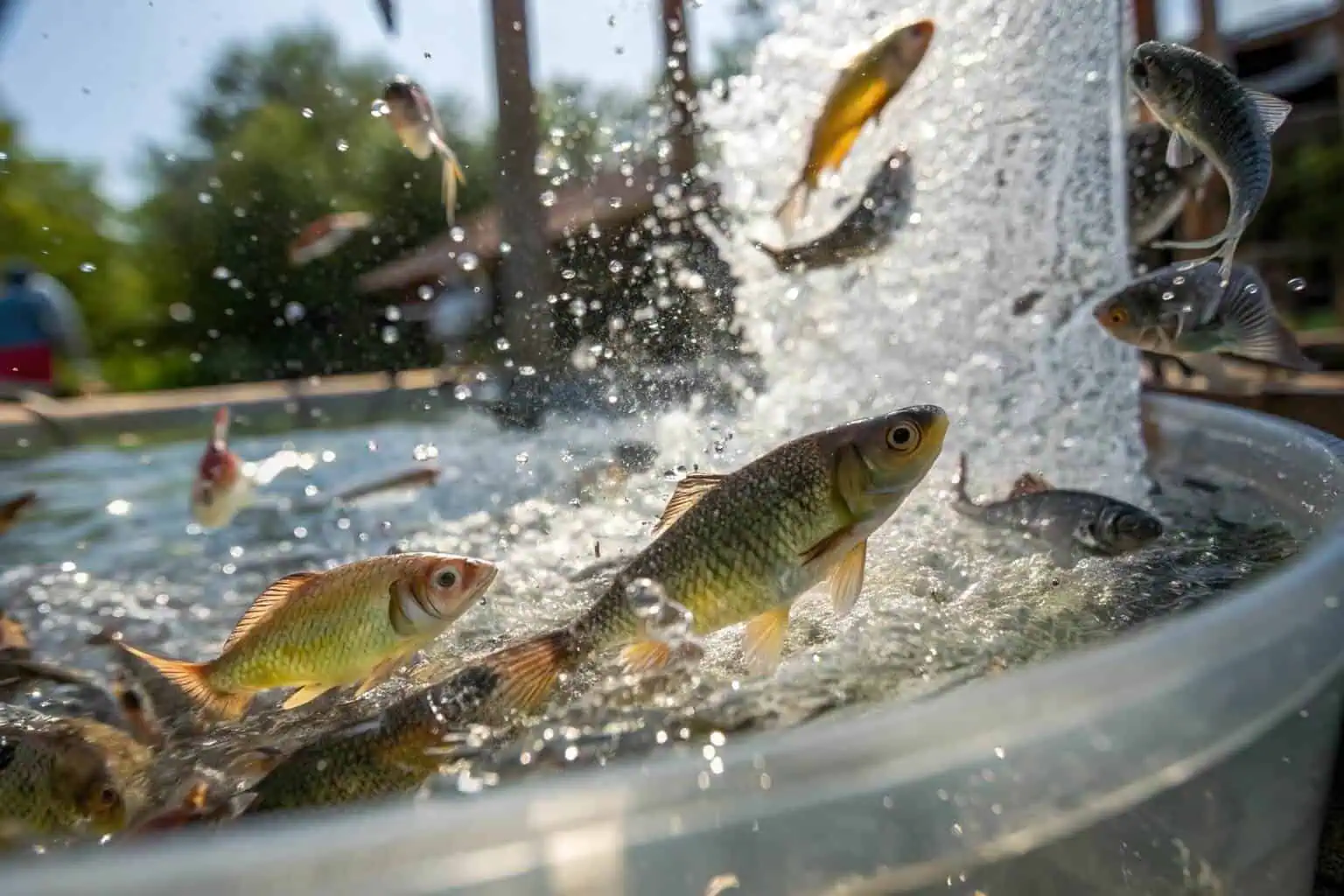
From my experience, the cost of feed is the single biggest factor that determines if my catfish farm1 makes a profit or a loss. It's not just about buying any feed; it's about buying the right feed at the right price and using it efficiently. For 1000 catfish, you're looking at a significant investment over their typical 4-6 month growth period. I've seen feed prices fluctuate2, and imported feeds are almost always more expensive than locally produced ones. However, the quality of local feeds can sometimes be inconsistent, which affects the Feed Conversion Ratio (FCR)3. A poor FCR means you use more feed to get the same amount of fish weight, driving up your costs. I always advise fellow farmers to research different feed brands, compare prices, and, if possible, test small batches to see how their fish respond. Also, consider the different stages of growth. Fry and fingerlings need specialized, often more expensive, starter feeds, while grow-out feeds might be slightly cheaper per kilogram but are used in much larger quantities. Keeping detailed records of feed purchases and usage is absolutely essential. This data helps me track my expenses accurately and make informed decisions for future stocking cycles. For instance, if I notice my feed costs for a particular batch are higher than average, I investigate why – is it the feed quality, a health issue, or poor water management affecting their appetite?
Factors Influencing Feed Costs
Several elements play a role in the final feed bill. It's not just the price per bag.
| Factor | Impact on Cost | My Experience |
|---|---|---|
| Type of Feed | Imported vs. Local, Pelleted vs. Mash, Floating vs. Sinking | Imported is usually pricier but can offer better FCR. I'm exploring reliable local options. |
| Fish Growth Stage4 | Starter, Grower, Finisher feeds have different prices | Starter feeds are costly but crucial. Bulk of expense is grower feed. |
| Feed Quality (FCR)5 | Higher quality often means better FCR, less waste | I've learned that cheap feed can be expensive in the long run due to poor growth and higher FCR. |
| Feeding Management6 | Frequency, amount, timing, wastage control | Overfeeding is a waste of money and pollutes the water. Underfeeding slows growth. Finding the balance is key. |
| Market Price of Feed | Fluctuates based on ingredient costs, season, demand | I try to buy in bulk when prices are favorable, but storage can be a challenge. |
Estimating for 2025
Looking ahead to 2025, I anticipate that while feed prices might continue to be a challenge, there will also be more innovation in local feed production7. This could bring down costs. My strategy involves actively seeking out these emerging local feed producers and building relationships with them. I also plan to experiment more with supplementary feeding using locally available ingredients like maggots or duckweed, where feasible and proven effective, to reduce reliance on expensive commercial feeds. This requires careful research to ensure nutritional balance isn't compromised.
How much feed do you need for 1000 catfish?
Planning your feed purchase? Knowing the total quantity needed is vital. Running out of feed mid-cycle can stunt growth, while overbuying ties up capital unnecessarily.
For 1000 catfish, you'll typically need several hundred kilograms of feed over a 4-6 month grow-out period, aiming for an average weight of 1kg per fish, depending heavily on the Feed Conversion Ratio (FCR).
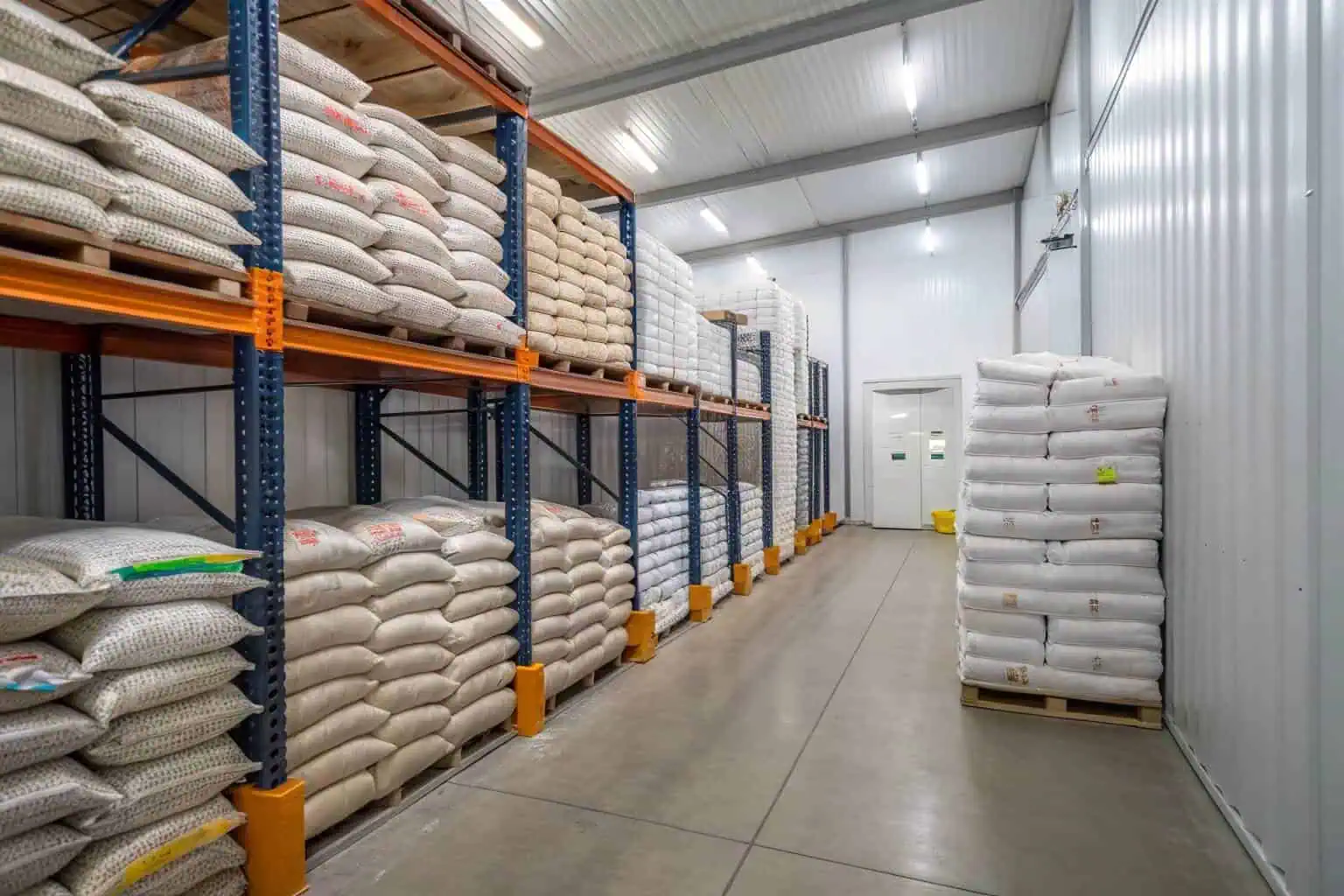
Calculating the total feed required isn't just a simple guess; it's a projection based on expected growth rates and the efficiency of your feed. I usually aim for my catfish to reach an average market size of 1 kilogram. If I'm targeting this weight for 1000 fish, that's a total biomass of 1000 kg8. The next crucial number is the Feed Conversion Ratio (FCR). If my FCR is, say, 1.2:1, it means I need 1.2 kg of feed to produce 1 kg of fish. So, for 1000 kg of fish, I would need 1000 kg * 1.2 = 1200 kg of feed. This is a significant amount! I've seen FCRs range from as good as 1:1 with excellent feed and management, to as poor as 2:1 or even higher if things go wrong. The difference in feed quantity needed between an FCR of 1.2 and 1.8 for 1000 fish is substantial – 1200 kg versus 1800 kg. That's an extra 600 kg of feed, which translates to a massive difference in cost. I always factor in a small buffer, maybe 5-10% extra feed, to account for minor variations or unexpected situations, but I try not to overstock too much as feed can degrade over time if not stored properly.
Calculating Feed Quantity
Here’s a simplified way I approach the calculation:
- Target Biomass9: Number of Fish Target Average Weight per Fish (e.g., 1000 fish 1 kg/fish = 1000 kg)
- Estimated FCR10: This comes from experience, feed supplier information, or industry benchmarks. Let's use 1.5 as an example.
- Total Feed Needed11: Target Biomass FCR (e.g., 1000 kg 1.5 = 1500 kg of feed)
This calculation provides a good starting point. I then break this down into different feed types based on the growth stages. For example:
| Growth Stage12 | Duration (Approx.) | Feed Type | % of Total Feed (Approx.) | Example Quantity (for 1500kg total) |
|---|---|---|---|---|
| Fry/Starter | 4-6 weeks | Starter Mash/Crumble | 10-15% | 150-225 kg |
| Grower | 3-4 months | Grower Pellets | 70-80% | 1050-1200 kg |
| Finisher | 2-4 weeks | Finisher Pellets | 5-10% | 75-150 kg |
Adjustments and Monitoring
It's important to remember that these are estimates. I constantly monitor my fish's growth and feeding behavior. If they are eating well and growing fast, I might need to adjust my feed amounts upwards. If they seem off-feed, I investigate the cause (water quality, disease) before just piling in more feed. Regular sampling of fish weight helps me track if I'm on target and allows me to adjust feeding rates accordingly13. This hands-on approach helps me optimize feed usage and avoid unnecessary expenses.
What is the feed conversion rate for catfish?
Is your feed truly efficient? The Feed Conversion Rate (FCR) tells you exactly that. It's a key performance indicator for any serious catfish farmer.
The Feed Conversion Rate (FCR) for catfish typically ranges from 1.0:1 to 2.0:1, meaning 1 to 2 kg of feed is needed to produce 1 kg of fish. Lower FCR indicates better efficiency and lower feed costs.
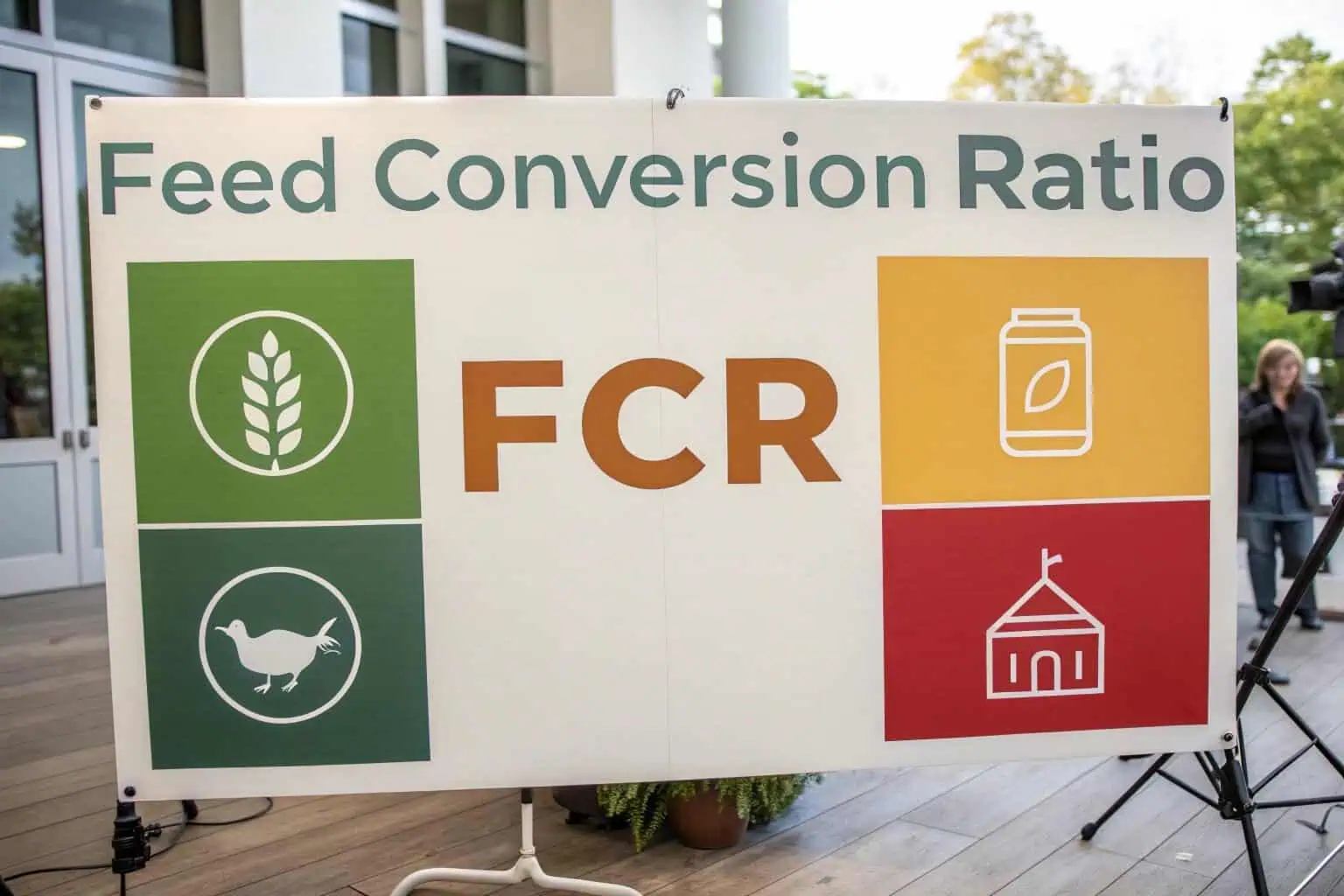
In my years of farming, I've come to see the FCR as one of the most critical numbers to watch. A good FCR directly translates to higher profits. If I feed 1500 kg of feed and my fish gain 1000 kg in weight, my FCR is 1.5:1. My goal is always to get this number as close to 1:1 as possible, though achieving exactly 1:1 is very rare under practical farming conditions. Factors like feed quality, fish genetics, water quality14, temperature, and overall farm management heavily influence the FCR. I've noticed that high-quality, well-balanced commercial feeds tend to give better FCRs than cheaper, lower-quality alternatives. Also, maintaining optimal water parameters is crucial; stressed fish don't convert feed efficiently. I make it a point to source fingerlings from reputable hatcheries known for good genetics, as this also plays a role in how well they convert feed into flesh. Keeping accurate records of feed consumed and fish growth is the only way to truly know your FCR and take steps to improve it.
Improving Your FCR
Achieving a better FCR isn't just about luck; it's about diligent management. Here are some strategies I focus on:
- High-Quality Feed15: This is non-negotiable for me. While it might seem more expensive upfront, a good quality feed with the right protein levels and digestibility often results in a lower FCR, saving money in the long run.
- Optimal Feeding Practices: I avoid overfeeding, as uneaten feed pollutes the water and is wasted money. I also ensure feed is distributed evenly so all fish get their share. Feeding at the right times of day when fish are most active also helps.
- Good Water Quality Management16: Regular water changes, proper aeration, and monitoring of parameters like ammonia, nitrite, and pH are essential. Fish in clean, well-oxygenated water are healthier and convert feed more efficiently.
- Fish Health Management: Preventing and treating diseases promptly is key. Sick fish don't eat well and have poor FCR.
- Proper Stocking Density17: Overstocking can lead to stress, competition for food, and poor water quality, all of which negatively impact FCR. I stick to recommended stocking densities for my pond system.
Benchmarking FCR
I always try to compare my FCR with industry benchmarks and with my own past performance. If my FCR starts to creep up, it's a red flag for me to investigate what might be going wrong. For 2025, with the potential for more advanced local feed formulations18, I'm hopeful that achieving FCRs closer to the 1.2:1 to 1.4:1 range will become more common for diligent farmers in Ghana. This would significantly reduce the amount of feed needed and, consequently, the cost.
How much does it cost to raise catfish?
Thinking beyond just feed? The total cost of raising catfish involves several components. Understanding these helps in creating a comprehensive budget and assessing overall profitability.
Raising catfish involves costs for fingerlings, feed (the largest share), pond construction/maintenance, labor, water management, and miscellaneous expenses like medication and energy. A full cycle for 1000 fish can run into many thousands of cedis.
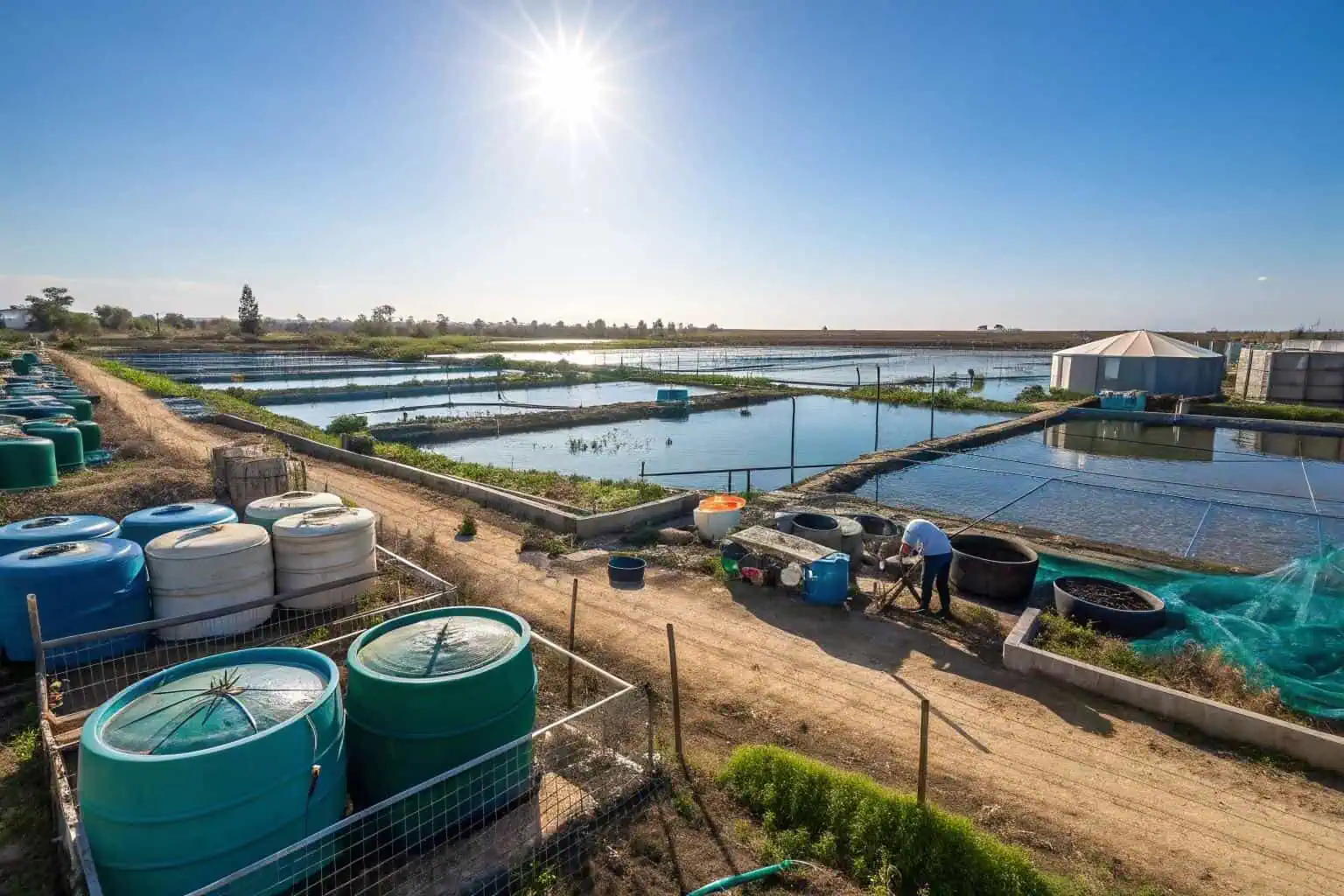
When I first started, I was so focused on feed costs that I sometimes underestimated other expenses. But to get a true picture of profitability, you have to look at everything. Feed, as we've discussed, is usually the lion's share, often 70-80% of my operational costs. But what about the rest? First, there's the cost of fingerlings. Good quality, fast-growing fingerlings from a reliable source are an investment, not an expense. Then, if you're starting out, pond construction19 (whether earthen, concrete, or tank-based like our Bancy collapsible fish tanks) is a major capital cost. Even for existing ponds, there's maintenance. Labor is another factor – for feeding, cleaning, monitoring, and harvesting. Water management, including the cost of pumping water or treating it, adds up. Then there are miscellaneous costs: electricity for aerators or pumps, medications if fish get sick, nets, and other small equipment. I also factor in a small contingency for unforeseen problems. For 1000 catfish, these combined costs, excluding the initial pond setup, can easily amount to a substantial sum over a 4-6 month cycle. It's crucial to track every single cedi spent.
Breakdown of Catfish Raising Costs (Excluding Initial Pond Setup)
Here’s a general idea of the cost categories I track:
| Cost Category | Description | Estimated % of Total Operational Cost (My Farm) |
|---|---|---|
| Fingerlings | Cost per fingerling x number of fish stocked | 5-10% |
| Feed | As discussed, the largest component | 70-80% |
| Labor | Wages for farm hands, or your own time if self-managed | 5-10% |
| Water Management20 | Pumping, water treatment, etc. | 2-5% |
| Health Management | Medications, disinfectants, vet services if needed | 1-3% |
| Energy | Electricity for pumps, aerators, lighting | 1-3% |
| Miscellaneous | Nets, repairs, transport for supplies, security | 1-3% |
Planning for Profitability in 2025
My approach to managing these costs for 2025 involves a few key strategies. For fingerlings, I'm building stronger relationships with hatcheries that have a proven track record. For labor, efficient farm design and good management practices can reduce the workload. I'm also looking into solar power options to cut down on energy costs, which are likely to rise. The Bancy collapsible fish tanks21 we offer are a great way to reduce initial setup costs and offer flexibility, which is a big plus. They are easier to manage and clean, potentially reducing labor and water management expenses compared to large earthen ponds, especially for small to medium-scale operations. The key is continuous improvement and always looking for ways to be more efficient without compromising the health and growth of the fish. Marketing effectively to get good prices for the harvested fish is the final piece of the puzzle to ensure all these costs translate into a healthy profit.
Conclusion
Feeding 1000 catfish in Ghana by 2025 requires careful planning and cost management, but with smart strategies, local sourcing, and efficient practices, it remains a very profitable venture.
-
Discover best practices and strategies for managing a catfish farm effectively, ensuring profitability and sustainability. ↩
-
Learn about the factors influencing feed prices, which can significantly impact your farming costs and profits. ↩
-
Understanding FCR is crucial for optimizing feed efficiency and reducing costs in fish farming. Explore this link to learn more. ↩
-
Understanding fish growth stages is crucial for optimizing feed costs and ensuring healthy fish development. ↩
-
Exploring the relationship between feed quality and FCR can help you make informed decisions for better growth and cost efficiency. ↩
-
Learning about effective feeding management can significantly reduce costs and improve fish health and growth rates. ↩
-
Exploring innovations in local feed production can help you discover cost-effective solutions and sustainable practices for your feeding strategy. ↩
-
Calculating biomass is essential for managing fish stocks and feed requirements. This link provides insights into accurate biomass calculations in aquaculture. ↩
-
Understanding Target Biomass is crucial for effective fish farming and resource management. ↩
-
Learning about Estimated FCR helps optimize feed efficiency and improve fish growth rates. ↩
-
Calculating Total Feed Needed is essential for budgeting and ensuring fish health in aquaculture. ↩
-
Learning about growth stages is crucial for optimizing feeding strategies and ensuring healthy fish development. ↩
-
Adjusting feeding rates is key to maintaining fish health and optimizing feed efficiency. This link provides valuable strategies. ↩
-
Water quality is crucial for fish health and growth. Learn effective strategies to maintain optimal conditions for your fish by checking this link. ↩
-
Discover how high-quality feed can enhance fish health and reduce costs in the long run. ↩
-
Learn effective strategies for maintaining water quality, crucial for fish health and feed efficiency. ↩
-
Understand the significance of stocking density in ensuring fish welfare and optimal growth rates. ↩
-
Advanced local feed formulations can enhance livestock productivity. Discover innovative approaches to feed that can benefit farmers. ↩
-
Learning about pond construction can lead to better design choices, enhancing productivity and sustainability in fish farming. ↩
-
Effective water management is vital for fish health and farm sustainability; explore expert insights. ↩
-
Learn how Bancy collapsible fish tanks can lower setup costs and improve management for fish farming operations. ↩